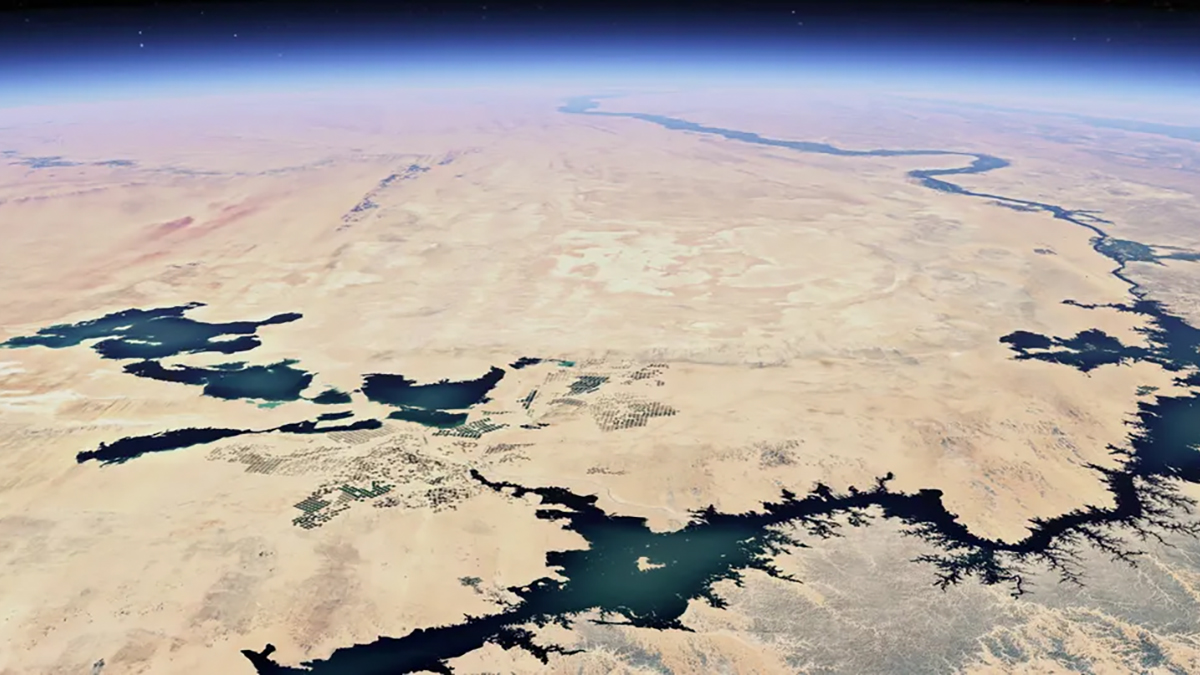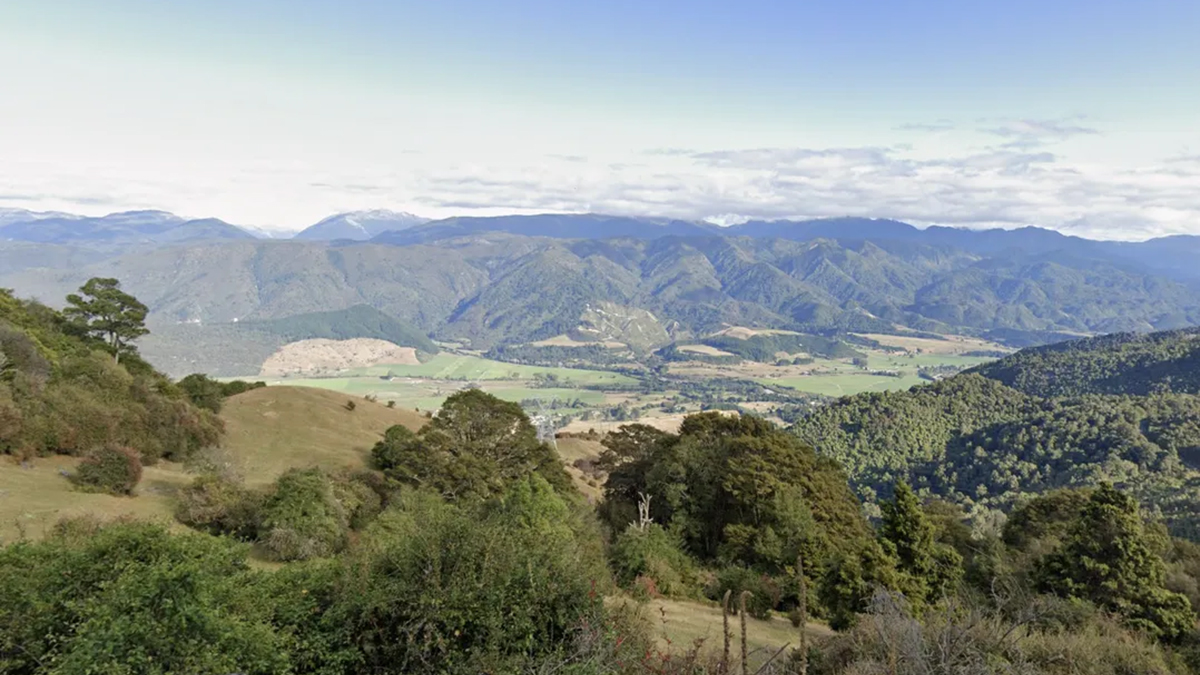
There are some major updates to Google Maps, Street View, and Google Earth to know about – and the new and upgraded features should prove helpful in all kinds of ways for users of Google's mapping tools.
The updates are outlined in a blog post by Google, and first up we've got the addition of historical imagery on Google Earth, going back as far as 80 years in some places. Some of this imagery has previously been available in the paid-for, Pro version of the software, but it's now going to be accessible for all users across the web and mobile.
"Maybe you want to travel back in time and see what your neighborhood looked like decades ago," explains Stafford Marquardt, a senior product manager at Google Maps. "Or you want to understand how forests have been affected by human activity and the changing climate."
Certain cities, including London, Berlin, Warsaw, and Paris, now offer satellite imagery stretching back to the 1930s – making it possible to get a detailed look at how these places have evolved and adapted over the decades.
More Street View imagery

In Google Maps, there's going to be expanded Street View imagery across 80 countries – with some of those countries getting Street View pictures for the first time. What's more, Google says even more places will be getting Street View in the future.
The example photos included in Google's blog post cover Iceland, New Zealand, Brazil, Mexico, Tasmania, Japan, Denmark, and France. According to Google, it's one of the most significant updates to Street View in its history (it launched back in 2007), and the total number of images now exceeds 280 billion.
And finally in this round of updates, Google says it's "sharpening" satellite imagery across Google Earth and Google Maps. With a little help from AI, new cloud removal tools have been applied to reveal more of the globe than ever before, giving you "a refreshed global mosaic that gives you a clearer, more accurate look at Earth".
If you're not already seeing the updates to Google Earth and Google Maps on your device, they should show up soon. We saw another update earlier this week, when Google Maps improved its lane navigation interface on Android Auto.







